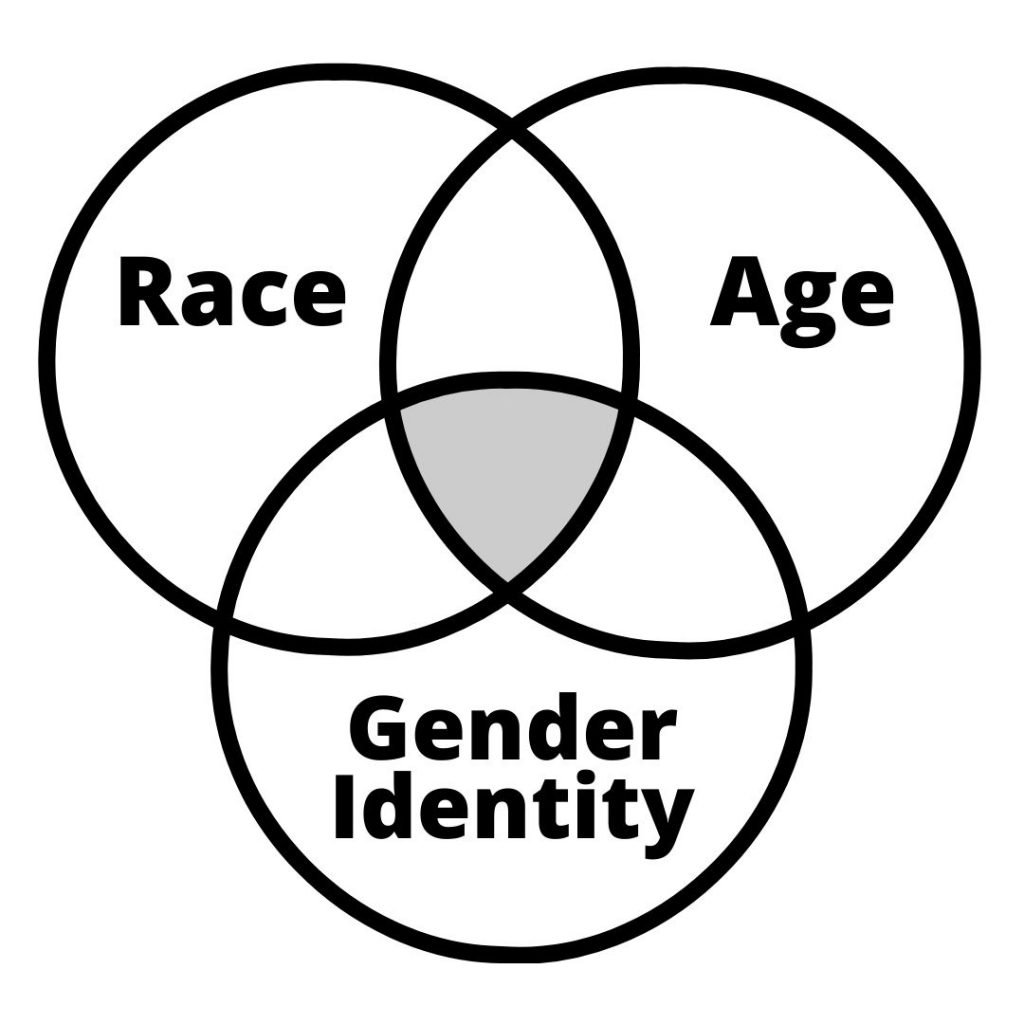Intersectionality in the LGBTQIA+ Community with Laura O’Neal
 Laura O’Neal is a clinician here at Carolina Psychological Associates and has experience working with individuals in the LGBTQIA+ community as well as those struggling with anxiety, depression, chronic stress, disordered eating, trauma, and other varying topics. She is dedicated to cultural humility and incorporates this into her work with clients. Throughout her career she has noticed the importance of understanding intersectionality and its impact on the individuals she serves.
Laura O’Neal is a clinician here at Carolina Psychological Associates and has experience working with individuals in the LGBTQIA+ community as well as those struggling with anxiety, depression, chronic stress, disordered eating, trauma, and other varying topics. She is dedicated to cultural humility and incorporates this into her work with clients. Throughout her career she has noticed the importance of understanding intersectionality and its impact on the individuals she serves.
The Merriam-Webster dictionary defines “intersectionality” as, “the complex, cumulative way in which the effects of multiple forms of discrimination combine, overlap, or intersect especially in the experiences of marginalized individuals or groups.”
Simply, intersectionality is an attempt to conceptualize the varying levels of discrimination individuals experience. This term validates that two individuals can experience very different levels of discrimination based on their differing race, class, sexuality, ability, religion, age, etc. It sheds light on the complex dynamics of identity and the impact of those dynamics on the individual.
For example, an African American, elderly female may experience racism, sexism, and ageism simultaneously. Intersectionality acknowledges the compounding affect that her race, sex, and age have on her lived experiences.
Below, Laura discusses the impact of intersectionality within the LGBTQIA+ community.
- How does “intersectionality” impact the LGBTAIQ+ population differently than other minority groups? Or just impact them in general?
The Theory of Intersectionality was coined by Kimberlé Crenshaw in 1989 to describe how individual characteristics influence interaction with and treatment by the dominant culture here in the US. It was originally developed in a legal context, but over the last 30 years, its relevance has transcended domains. In brief, it is a helpful tool in the exploration of how structural and systemic factors impact all of us.
An understanding of intersectionality is incredibly important when working with any marginalized group, LGBTQIA+ folks included. People who identify as LGBTQIA+ routinely experience various forms of systemic discrimination, overt and covert forms of oppression and dismissal, and the stress of these experiences is compounded by other individual characteristics- such as race, class, ability, religion, education, and age. What Intersectionality helps to demystify is not just the fact that humans experience the world differently depending on factors like these, but how those differences inform justice, chronic stress, policy, and treatment.
- How, in your practice, have you seen the intersection of race and LGBTQIA+ identity impact your clients?
Repeated experiences of invalidation, dismissal, and injustice have a cumulative effect on wellbeing. This is also known as allostatic load- chronic stress accumulates over the lifespan when environmental challenges exceed an individual’s capacity to cope or succeed. This does not mean the individual “can’t hack it” or “just needs to learn new skills” – it is more a way of acknowledging that due to pervasive stressors in our culture (such as homophobia, transphobia, white supremacy, antisemitism) folks will experience stress, pain, and a desire for belonging via community or counsel.
In my practice, I have worked alongside many folks for whom the way society responds to their race, gender, sexuality, age, and religion results in, at times, tremendous distress. I have also witnessed clients manage that in a variety of ways. Sometimes, a nonjudgmental outlet is enough for now. Other times, validation and trying on different coping strategies is requested. Other times still, folks are considering or already directly involved in work to change these systems which indeed comes with stress, but also unique opportunities for profound joy and growth.
- What about the intersection of social class/status and LGBTQIA+ identity?
The intersection of social class and LGBTQIA+ identity can certainly influence wellbeing. LGBTQIA+ folks frequently encounter discriminatory policies in education and the workplace which directly influences SES. Furthermore, folks may already have negative experiences with healthcare providers which can result in obstacles to care. Stigma plus the associated financial and emotional costs of seeking help contribute to well-documented health disparities.
- What do you do as a counselor/therapist to incorporate the concept of intersectionality in your practice?
As a therapist, I seek out opportunities to learn more about affirming intersectional counseling theory and practice. The Code of Ethics that applies to all practicing clinical social workers stipulates we have a shared commitment to promoting affirming, supportive, culturally-responsive services and I take this seriously! That means doing my research, staying informed, and being aware of potential stressors for clients.
Most importantly, though, it means honoring the principle that each person is the expert in their own life. My duty as a therapist is to be aware of how my own intersections and lens influence my conduct, being aware of my blind-spots and the power dynamic present in therapy, and to always listen to my clients. To assume these trainings or direct practice experiences directly equate to an intimate understanding of what someone lives or “needs” with is unreasonable. In my practice, I work to demonstrate a culture of respect with clients by working to enhance understanding of various dynamics in their lives and believing them when they share how something does or does not affect them.
